Telehealth has become increasingly popular in the healthcare industry, allowing providers to reach patients remotely and provide access to care in a more convenient and cost-effective way. However, despite its benefits, healthcare providers still face challenges when it comes to implementing telehealth solutions. From technological barriers to reimbursement issues, these challenges can hinder the adoption of telehealth services. In this blog, we will discuss five common challenges and their solutions for improving telehealth adoption rates.
Challenge 1: Limited Access to Technology
One of the biggest barriers to telehealth adoption is limited access to technology. Many healthcare providers, particularly smaller clinics and treatment centers do not have the resources to invest in expensive telehealth equipment or software. This can make it difficult for them to offer telehealth services to their patients.
Solution: To address this challenge, healthcare facilities can explore low-cost telehealth options such as using video conferencing platforms like Zoom. Additionally, government funding and grants are available to help cover the costs of implementing telehealth services.
Challenge 2: Resistance to Change
Change is difficult, and adopting new technology can be intimidating for some healthcare providers. There may be resistance from both providers and patients who are used to traditional in-person care. This is especially true in the cases of mental and behavioral healthcare, where the therapeutic alliance between provider and patient is crucial.
Solution: Proper education and training are key to overcoming resistance to change. Healthcare providers should educate their staff on the benefits of telehealth services and provide training on how to use the technology effectively. It is also important to communicate with patients about the benefits of telehealth and address any concerns or questions they may have.
One way to ease the transition is by starting with a hybrid model, offering both in-person and telehealth appointments. You may also consider the benefits of telehealth for mental health and addiction treatment professionals to get an overview of how it can improve patient outcomes and increase access to care.
Challenge 3: Reimbursement Issues
Reimbursement for telehealth services has been a major issue for healthcare providers. Since the end of Covid Restrictions, many insurance companies do not offer coverage for these services, making it difficult for providers and patients to receive reimbursement for their telehealth visits This can be a major barrier for clinics and treatment centers that heavily rely on insurance reimbursements.
Solution: Healthcare providers can advocate for policy changes and work with insurance companies to expand coverage for telehealth services. They can also explore alternative payment options such as self-pay or partnering with a merchant services provider, like Global Payments, which integrates with AZZLY®️.
Additionally, government agencies, such as Medicare and Medicaid, have expanded coverage for telehealth services, too. So, it is important for providers to stay updated on policy changes and participate in advocacy efforts.
Challenge 4: Technical Difficulties
As with any technology, technical difficulties can arise during telehealth appointments. Poor internet connection, audio or video disruptions, and other technical issues can disrupt the flow of a session and even lead to cancellations or rescheduling.
Solution: Providers can minimize technical difficulties by conducting a thorough pre-appointment check with patients to ensure they have the necessary equipment and a stable internet connection. They should also have backup plans in place for when issues do occur, such as offering phone consultations if video is not possible. Investing in reliable technology and having IT support available can also help prevent and quickly resolve technical issues.
Challenge 5: Data Security and Privacy Concerns
Data security and privacy are major concerns when it comes to telehealth services. With sensitive patient information being transmitted through technology, there is always a risk of data breaches or unauthorized access.
Solution: Providers should prioritize implementing secure telehealth platforms and software that comply with HIPAA regulations. This includes using encrypted video conferencing and electronic health record (EHR) systems. For instance, EHR for mental health will not only help with securely storing and managing patient data but also make it easier to access during telehealth appointments.
Additionally, healthcare providers should educate their staff on proper data security protocols and regularly review and update their security measures.
How AZZLY Rize™️ Can Help?
AZZLY Rize™️ is a comprehensive EHR and revenue cycle management platform designed specifically for mental health and addiction treatment providers. Our secure telehealth integration with Zoom®️ allows for seamless virtual appointments, while our robust billing features help ensure accurate reimbursement for services. With customizable HIPAA compliance tools, training resources, and ongoing support, we can help overcome many of the challenges faced in implementing telehealth services. So, you can focus on providing quality care to your patients, regardless of location or circumstances.
To learn more about how AZZLY Rize™️ can support your telehealth services, contact us at hello@azzly.com or 1 (888) 400-3201. You can also schedule a time with our Solution Consultant to discuss your specific needs and get started on your telehealth journey. With AZZLY Rize™️, you can confidently embrace the future of healthcare and provide accessible, quality care to your patients. So don’t hesitate, join the telehealth revolution today!




